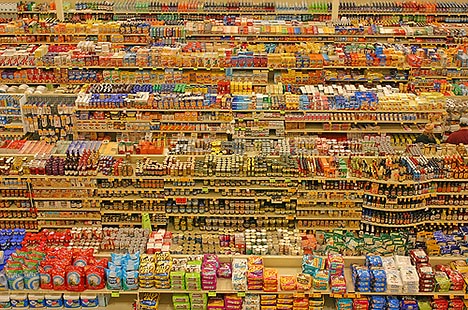In reflection, on my journey so far I have found a LOT of information. My research has lead me to all kinds of avenues of sustainability issues that are associated with Consumer Culture. Things like mass-production, waste and e-waste, finite or depleting natural resources, social impacts, historical information and factors, pressures from society, big business, just to name a few. What I have learned to be the biggest message and the one that underpins all of these issues, is that currently, our lifestyles are not sustainable. Even those of us who are examples, who try their best to live sustainably, are using more of the earth’s natural resources than is considered sustainable. So what does this mean? To me, the best thing we can do is a collective effort enlightened and educate ourselves and those around us, to raise awareness about the issues of environmental sustainability, and to be active memebers of society, instigating social and environmental change.
As teachers, we are responsible for developing agency within our students. The Melbourne Declaration states it’s second goal to be creating “active and informed citizens” (pg. 9), who understand the world and act with responsibility within and beyond their community. I am role-modelling this for my future students. By creating a blog, I am simultaneously researching and (trying to) create awareness beyond my immediate community. However, these things take time. 4 weeks after starting this blog, I have 12 followers (Hello!), however the more I post and create awareness, by promoting it through social media, the more followers/readers.
What I do recognise, critically evaluating my work, is that while I have researched the effects of consumer culture, what I have neglected so far is a solution. Given the enormity of the issues associated with consumer culture, one blanket solution is not feasible. What is apparent is that education, as always is key. Quality historiography and citizenship education as well as science education is, after all, educating future generations about the choices their ancestors made and the impacts of those choice. But how do we educate our community? How do we raise awareness without being ostracised by that community. There are stigmas attached to “greeny” solutions and there must be contemporary solutions to these problems without asking people to retreat to cave-man lifestyles. Investigation into these will form the next few posts. Stay tuned…
Reference:
Ministerial Council on Education, Employment, Training and Youth Affairs (2008). The Melbourne Declaration on Educational Goal for Young Australians. Retrieved fromhttp://www.mceecdya.edu.au/verve/_resources/national_declaration_on_the_educational_goals_for_young_australians.pdf
